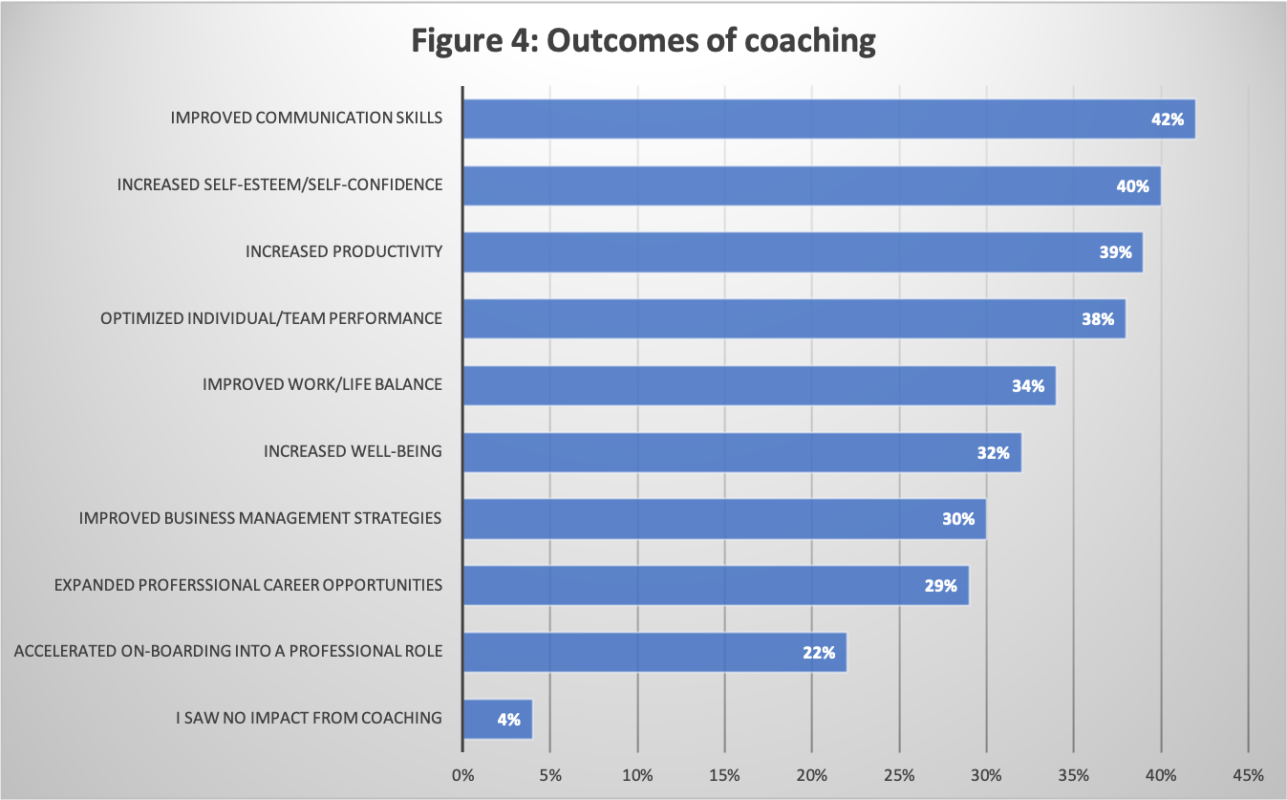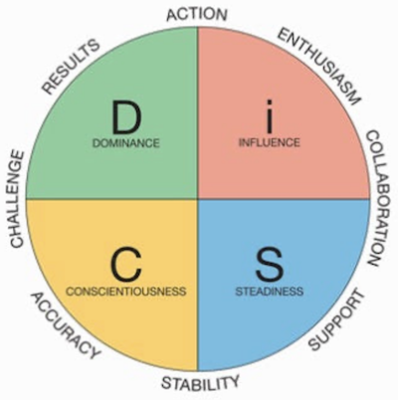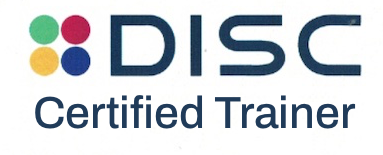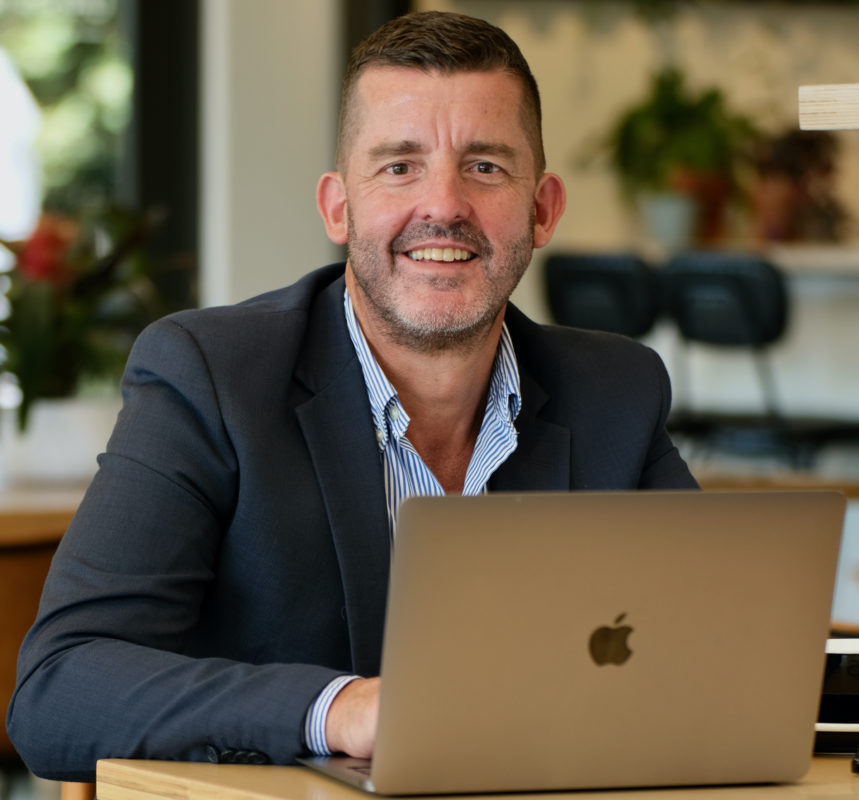Leadership Coaching.
What is Coaching?
Coaching is a collaborative, personalised process that facilitates new thinking to cause positive change (Coaching Pacific definition).
![]() Coaching always has a desired outcome, an action plan and a commitment.
Coaching always has a desired outcome, an action plan and a commitment.
![]() Coaching occurs in a collaborative partnership.
Coaching occurs in a collaborative partnership.
![]() Coaches support coachees to find new strategies for meeting their specific challenges without prescribing a solution.
Coaches support coachees to find new strategies for meeting their specific challenges without prescribing a solution.
![]() Coaching establishes a high-level professional relationship.
Coaching establishes a high-level professional relationship.
![]() Coaching conversations remain strictly confidential between the coach and the coachee.
Coaching conversations remain strictly confidential between the coach and the coachee.
![]() It is accepted that coaches have expertise in facilitating learning and do not necessarily need high levels of domain-specific knowledge.
It is accepted that coaches have expertise in facilitating learning and do not necessarily need high levels of domain-specific knowledge.
![]() Coaching is about change. This change can simultaneously be at an intellectual, emotional and behavioural level.
Coaching is about change. This change can simultaneously be at an intellectual, emotional and behavioural level.
![]() Coaching involves learning and new thinking.
Coaching involves learning and new thinking.
![]() Coaching involves transforming learning into measurable results.
Coaching involves transforming learning into measurable results.
![]() The focus is on finding solutions.
The focus is on finding solutions.
Core Principles of Coaching
01
Accountability
Being held accountable for achieving the desired outcomes generates action; getting into action demonstrates commitment.
02
Coachee Generated
The coachee designs and frames the goals(s), chooses the focus of each session and their own action pathway.
04
Self Discovery
Coaching develops and expands self-awareness.
05
Future Focused
Coaching generates new thoughts or perspectives which resolve blocks and challenges. Coaching considers all possible solutions.
06
Quality Feedback
Enables the coaches to reflect, learn and move forward.
07
Confidentiality
Trust is paramount for sustainable results in an effective and ethical coaching relationship.
Why Coaching?
The most recent International Coaching Federation (ICF) Global Consumer Awareness Survey (2017), outlines a number of reasons why coaching has a high impact on organisations.
Coaching Outcomes and Satisfaction
Although the most commonly cited reason for pursuing coaching was to optimize individual/team work performance, the most cited outcome was improved communication skills(42%), followed by increased self-esteem/self-confidence (40%) and increased productivity (39%).
When considering the coaching they received, 88% of consumers reported that they were somewhat or very satisfied with the coaching experience.
When asked how likely they were to recommend coaching to a friend or family member, 29% indicated than they were likely to do so. An additional 55% indicated they would be likely to recommend coaching, while only 15% said they were unlikely to recommend coaching.
Outcomes of Coaching

Key Features of Coaching:
Coaching conversations can be both spontaneous and more formally created, planned, prepared and delivered.
Systematic
The Coaching process is systematic.
Action
Coaching always has a desired outcome, an action plan and a commitment.
Collaborative
Coaching occurs in a collaborative partnership.
Strategic
Coaches help coaches find new strategies for meeting their specific challenges without prescribing a solution.
Professional
Coaching establishes a high level and professional relationship.
Facilitation
It is accepted that coaches have expertise in facilitating learning and do not necessarily need high levels of domain-specific knowledge.
New Learning
Coaching involves learning and new thinking.
Measurable Results
Coaching involves transforming learning into measurable results.
Attaining Goals
The focus is on finding solutions and attaining goals.
My Process
![]() Before any independent coaching takes place within an organisation, the employer and the employee who is to be coached will read and sign a coaching agreement.
Before any independent coaching takes place within an organisation, the employer and the employee who is to be coached will read and sign a coaching agreement.
![]() Relationship building is an important part of my coaching process. If an employee is going to partake in a series of coaching sessions, the first session will focus on getting to know the employee i.e. establishing their goals and values.
Relationship building is an important part of my coaching process. If an employee is going to partake in a series of coaching sessions, the first session will focus on getting to know the employee i.e. establishing their goals and values.
![]() I use a specific ICF (International Coaching Federation) framework when coaching. This ensures each coaching session is targeted and purposeful for the coachee.
I use a specific ICF (International Coaching Federation) framework when coaching. This ensures each coaching session is targeted and purposeful for the coachee.
![]() I am a certified Everything DiSC® Trainer and use DiSC to enhance a clients coaching experience.
I am a certified Everything DiSC® Trainer and use DiSC to enhance a clients coaching experience.
![]() Employees come to a coaching session with a coaching question. This will have been either generated by themselves or co-constructed with a leader/manager within the organisation prior to to the session. It is also important to note that the employee has to be willing to be coached.
Employees come to a coaching session with a coaching question. This will have been either generated by themselves or co-constructed with a leader/manager within the organisation prior to to the session. It is also important to note that the employee has to be willing to be coached.
![]() Coaching sessions range in length from 45 minutes to 1 hour.
Coaching sessions range in length from 45 minutes to 1 hour.
![]() Sometimes as a coach I may integrate a mentoring approach for part of a coaching session. If this is decided, the WHY will be explained to the coachee.
Sometimes as a coach I may integrate a mentoring approach for part of a coaching session. If this is decided, the WHY will be explained to the coachee.
![]() Each coaching session ends with the coachee developing 2-3 goals to work on based on what has been discussed. This ensures accountability and responsibility. These goals will be followed up as part of subsequent coaching sessions.
Each coaching session ends with the coachee developing 2-3 goals to work on based on what has been discussed. This ensures accountability and responsibility. These goals will be followed up as part of subsequent coaching sessions.
![]() After each coaching session, I will summarise the main points from the session and record this information in a secure document. This information will be shared with the coachee after each session and also with any managers or leaders (with the coachee’s permission).
After each coaching session, I will summarise the main points from the session and record this information in a secure document. This information will be shared with the coachee after each session and also with any managers or leaders (with the coachee’s permission).
![]() The employer is welcome to contact me at any stage of the coaching process. I will also contact the employer if there are any questions or issues.
The employer is welcome to contact me at any stage of the coaching process. I will also contact the employer if there are any questions or issues.
Creating greater leadership self-awareness using DiSC
I am a certified Everything DiSC® Trainer and use DiSC to enhance a clients coaching experience.
 DiSC® is a model of human behaviour that helps people understand ‘why they do what they do’ and has been helping people to connect better for over 30 years. It is a very simple model made up of four basic styles: D, i, S, and C.
DiSC® is a model of human behaviour that helps people understand ‘why they do what they do’ and has been helping people to connect better for over 30 years. It is a very simple model made up of four basic styles: D, i, S, and C.
DiSC® reports use your individual assessment data to provide a wealth of information about your workplace priorities and preferences. In addition, you also learn how to connect better with colleagues whose priorities and preferences differ from yours.
The data that emerges from your DiSC® is hugely beneficial when framing up coaching questions or focus areas.
Once you assess these differences and harness the value, you’ll have better workplace communication and healthier organisations.


“My skills can take you from being a good leader, to a great leader”
– Sean Bailey.
